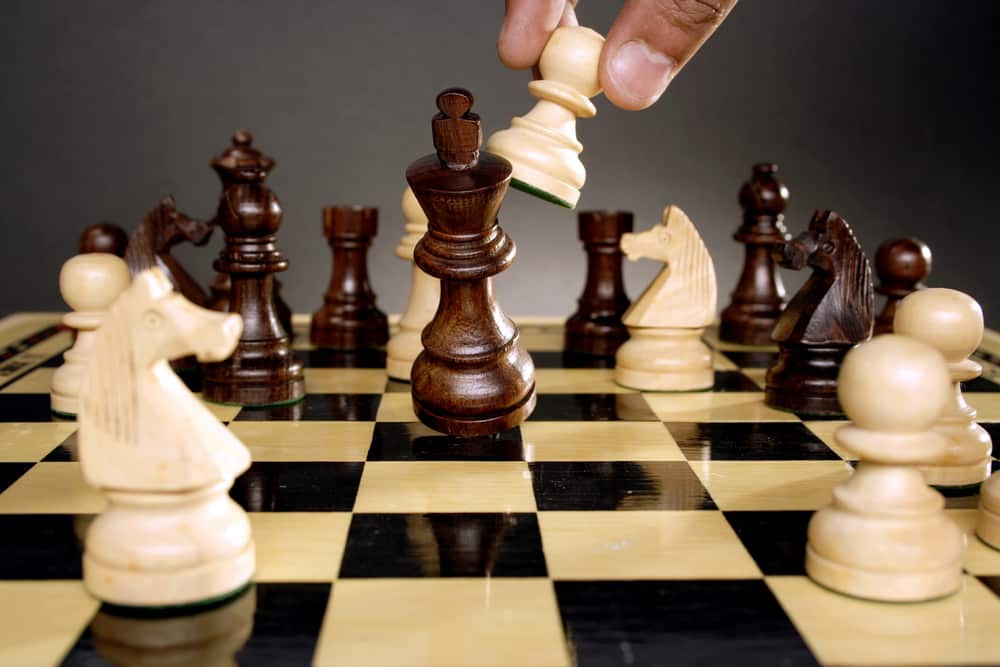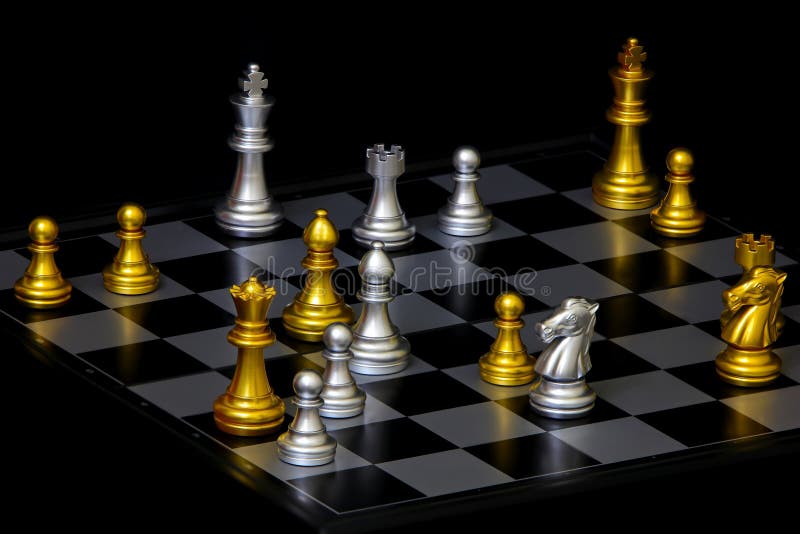
In order for Fool's mate to be performed, White must move their g-pawn up two squares and their f-pawn up one or two squares in the first two consecutive moves. Here is Fool's mate in action: Fool's Mate is the fastest checkmate possible. Don't catch yourself on the wrong side of these checkmating patterns, which all result in checkmate in eight moves or less.įool's Mate is the fastest checkmate possible in chess, and it occurs after only two moves! Don't worry, you can't be forced into this checkmate unless you make two bad moves in a row. Whether you are a beginner, advanced beginner, or intermediate player, these 10 checkmates are extremely important to know. By learning the following checkmates, you can avoid some quick losses and maybe even notch some quick wins yourself! Since the checkmate cannot be forced, though, the game is a draw.Learning basic checkmates is one of the most important things a chess player can do when starting their journey through the magnificent labyrinth of chess.

If you're wondering how a checkmate (with help from the opponent) is possible, see below. You cannot force a checkmate with these minor pieces. But the checkmate cannot be forced without help from the opponent. King + minor piece vs king + minor pieceĬheckmate with a king and a minor piece vs another king and a minor piece is possible as long as the two minor pieces aren't bishops of the same color.The king with two knights won't be able to checkmate unless the opponent helps. With this combinations of pieces checkmate is possible, but it cannot be forced. This is sometimes called "timeout vs insufficient material." If White runs out of time, Black would not win because it has no pieces to force checkmate. This is very important to point out as running out of time will not always mean losing the game-sometimes it's a draw. Since the player with the black pieces can not checkmate with just the king, the game is also declared drawn. What happens if one of the players has all the pieces but the other player has just one king and the first player runs out of time? In this example, White should win-but ran out of time! But when White tries to push it to the very end, it leaves the black king without any legal moves, and so the game is a draw by stalemate. In the following example, White has one extra pawn. The following explanations should make things more clear. For people who are just learning to play chess, understanding rules like stalemate or insufficient material can be difficult. While most of the ways to win or lose a chess game above are clear, draws can be a little more complicated. At, we give the disconnected player a fair amount of time to reconnect, but not too much to make the opponent wait long for the game to finish. In this case, a timeout loss is assigned to the disconnected player. Timeout can also happen by disconnection, when one player is no longer connected to the server.
CHESS CHECKMATE GAME PRO
Managing your time and using it carefully across the game is critical.īelow you can see an example from the Pro Chess League where Andrew Tang was able to win by timeout in a very complicated position. If your opponent does not have the minimum amount of material for checkmate and you run out of time, the game is a draw-even if you were winning. If you run out of time, you automatically lose the game if your opponent has the minimum material required to force a checkmate.


It does not matter how much of an advantage you have on the board or whether you have checkmate in one move. Timeout is a painful way to lose a chess game.


 0 kommentar(er)
0 kommentar(er)
